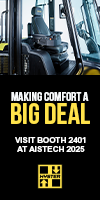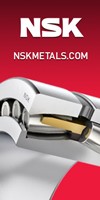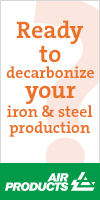ThyssenKrupp Confirms Upbeat Earnings Forecast
10/07/2008 - ThyssenKrupp confirms earnings forecast, based on continued favorable forecasts for the global steel market.
Dr. Karl-Ulrich Köhler, Executive Board Member of ThyssenKrupp AG and Executive Board
Chairman of ThyssenKrupp Steel AG, confirmed the company’s earnings forecast, which had been raised in August.
“We are expecting sales in the region of €53 billion and earnings before taxes and nonrecurring items of more than €3.2 billion in fiscal year 2007/2008,” said Köhler, speaking at the annual International Iron and Steel Institute (IISI) conference in Washington, D.C., this week.
Köhler noted that the company’s Steel segment, which is focused on premium carbon steel flat products, performed very successfully in a robust market environment. The segment will not, however, match the record earnings of 2006/2007, primarily because of pre-operating costs for the major projects in Brazil and the USA and restructuring expenses at the metal forming operations.
“Demand for our products was exceptionally high,” said Köhler. “Although our production units were fully utilized we were unable to meet customer requirements in full for capacity reasons.”
At more than 14.2 million tonnes, crude steel production at ThyssenKrupp Steel was slightly lower than the year before due to the relining of Schwelgern No. 1 Blast Furnace in the first quarter of 2008. However, ThyssenKrupp Steel’s meltshop output increased slightly as the result of a number of optimization measures, including more intensive scrap use. The company said it had to buy slabs again to ensure maximum utilization of hot-rolled capacities.
Despite the weaker global economy, Köhler noted that the situation on the international steel markets 2008 was marked by continuing growth and full capacity utilization. The first half of the calendar year was particularly characterized by brisk global demand, which came up against supply shortages in some cases. This trend was accompanied by steel price increases, albeit with significant regional differences. The highest price rises were in Asia, the lowest in Europe.
Price corrections resulted from the drastic rise in raw material and energy costs, which reached a level never previously registered. “The significant price increases for raw materials, which pushed the share of raw material costs in production costs per ton of hot-rolled strip to over 70%, coupled with the energy price rises created unforeseeable costs for us of more than €1 billion,” said Köhler. The cost increases could partially offset positive earnings effects from ongoing efficiency programs and additional cost-reduction programs.
Köhler said that ThyssenKrupp Steel is confident about its prospects in the current fiscal year 2008/2009, based on continued favorable forecasts for the global steel market. He said that demand in particular from Asia, Latin America, the Middle East and the CIS would continue to grow at an above-average rate in the next few years and significantly impact the global market. In Europe, the NAFTA region and Japan, steel market growth will be more moderate given the deterioration in the general economic outlook.
“Raw material prices have eased to a certain extent recently, but it remains to be seen how long this will last,” said Dr. Köhler.



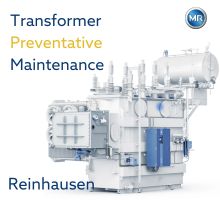-(220-x-200-px)-(130-x-130-px)-(220-x-200-px).jpg?lang=en-US&ext=.jpg)
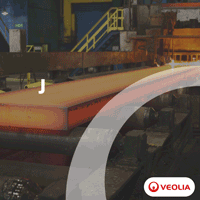.gif?width=200&height=200&mediaprotectionhash=ddb07947ad3b4ab959a83714461eccd5c6895f370695eb035a9ff7aa736f8ad9&ext=.gif)

